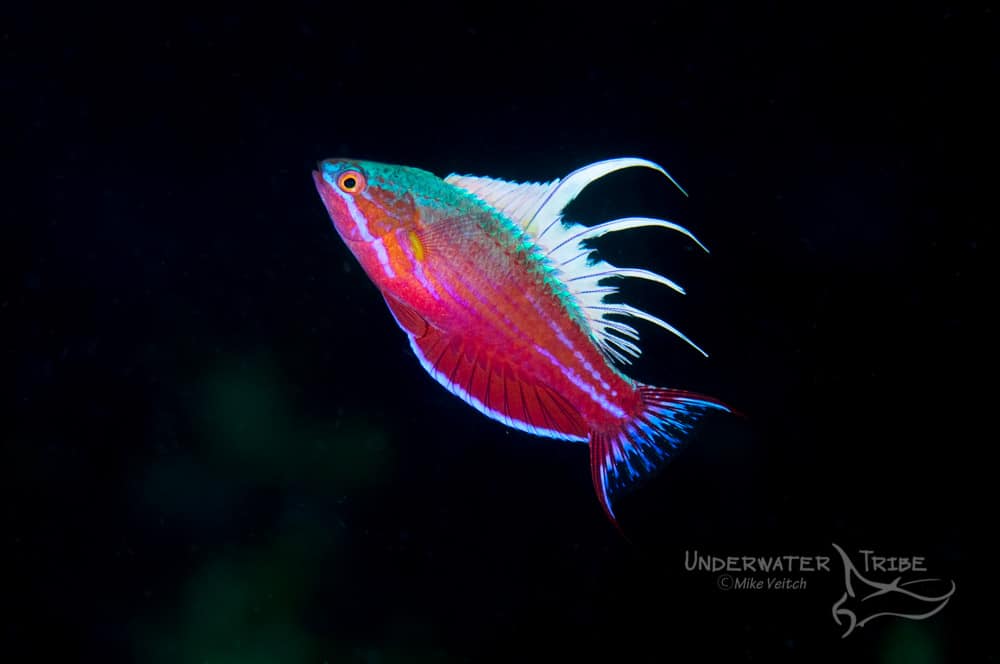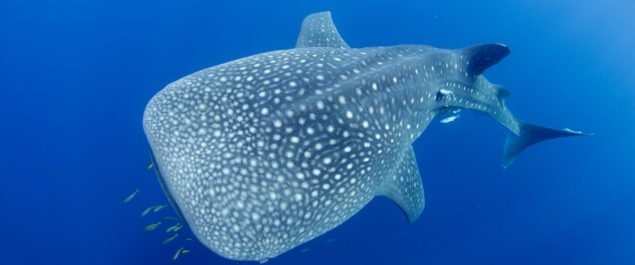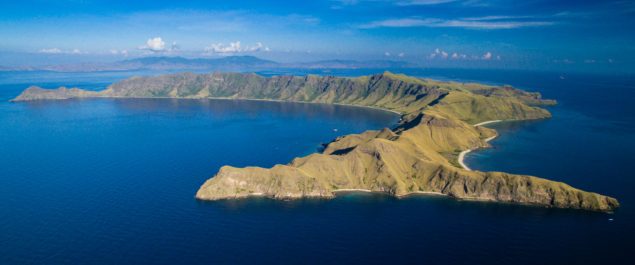Flasher Wrasse – Photo of the Day

Have you ever encountered a flasher wrasse? These enigmatic little fish are common in the Indo Pacific but many folks may not know them. Living on shallow, sheltered slopes, the flasher wrasse is only a few inches long. There are more than a dozen different species in the “Paracheilinus” genus with many of them found in Indonesia.
This particular photo is of the beautiful male Blue Flasherwrasse, Paracheilinus cyaneus. The photo is from Raja Ampat at a dive site named Algae Patch. Although beautiful, flasher wrasse have to be one of the most frustrating fish on the planet to photograph. Normally found in large groups, these fish live close to the reef where they can easily escape from predators. Many divers often mix them up with anthias as they are of similar size, colouration, and behaviour. They are also overlooked on the reef by underwater photographers who are on the search for more “fashionable” subjects such as frogfish or nudibranchs. However, capturing a photograph of a flasher wrasse is not an easy task!
The best time to capture these beautiful fish is when they are actively trying to mate. The male of the species will swim into the water column and “flash” its plummage to attract a nearby female. It’s quite a site when dozens of males are “flashing” at the same time. The “holy grail” of flasher wrasse photography is to capture the male in full display. And of course this is one of the hardest behaviours to capture! Not only is it difficult to tell when the “flash” will happen, the fish move quickly! To capture this image a long lens such as a 100mm is best. Also, a very quick AF camera is the ideal choice to shoot these fast moving fish.
Photographing Flasher Wrasse in Bali
Next time you are in Indonesia, do ask your guide where you can find these beautiful fish. Here in Bali, one of the best sites is Sidem in the Tulamben area. This gently sloping site is chock a block with these fish. An afternoon dive here is the perfect time to try to shoot them against a black background to allow their incredible colours to stand out.


